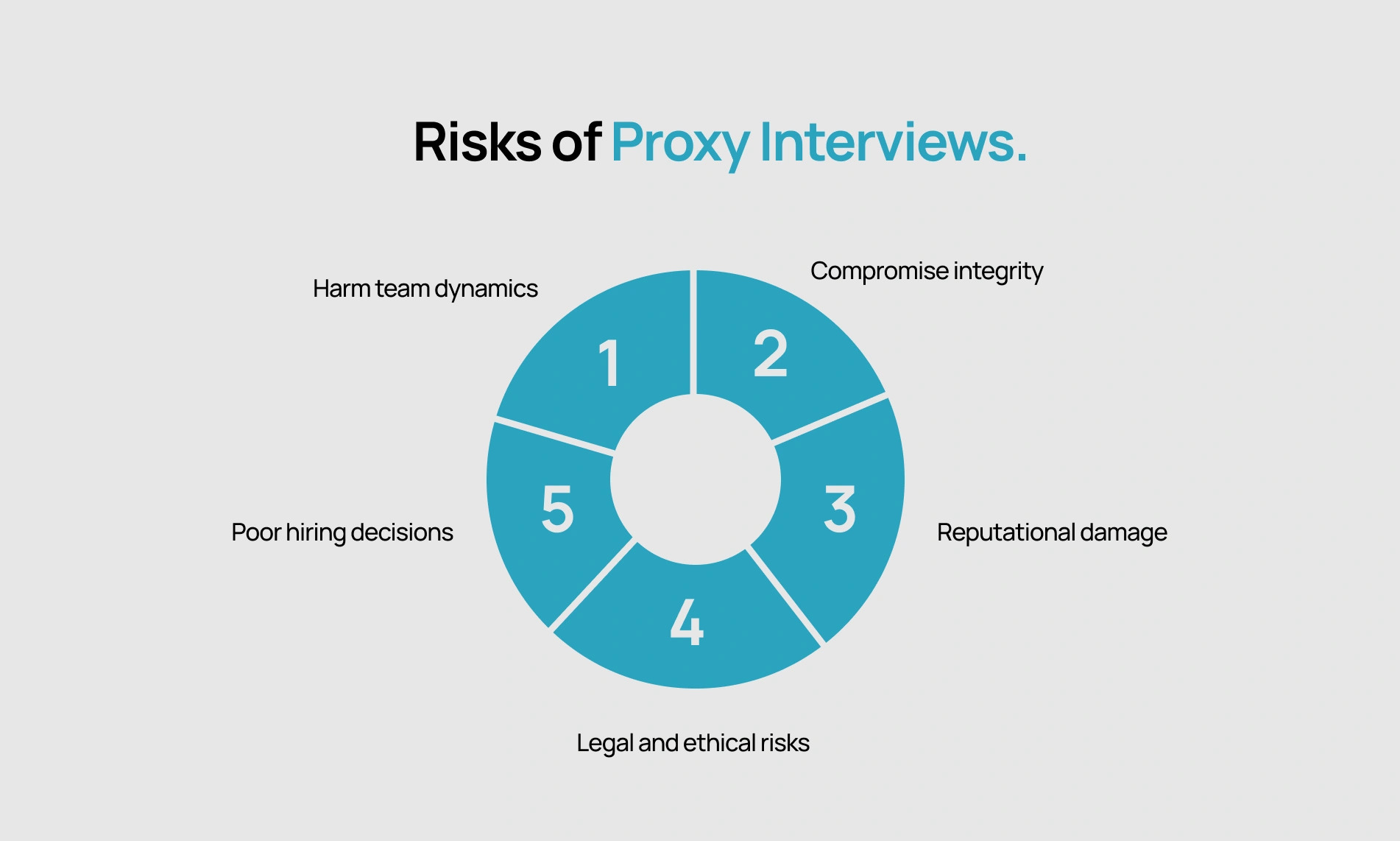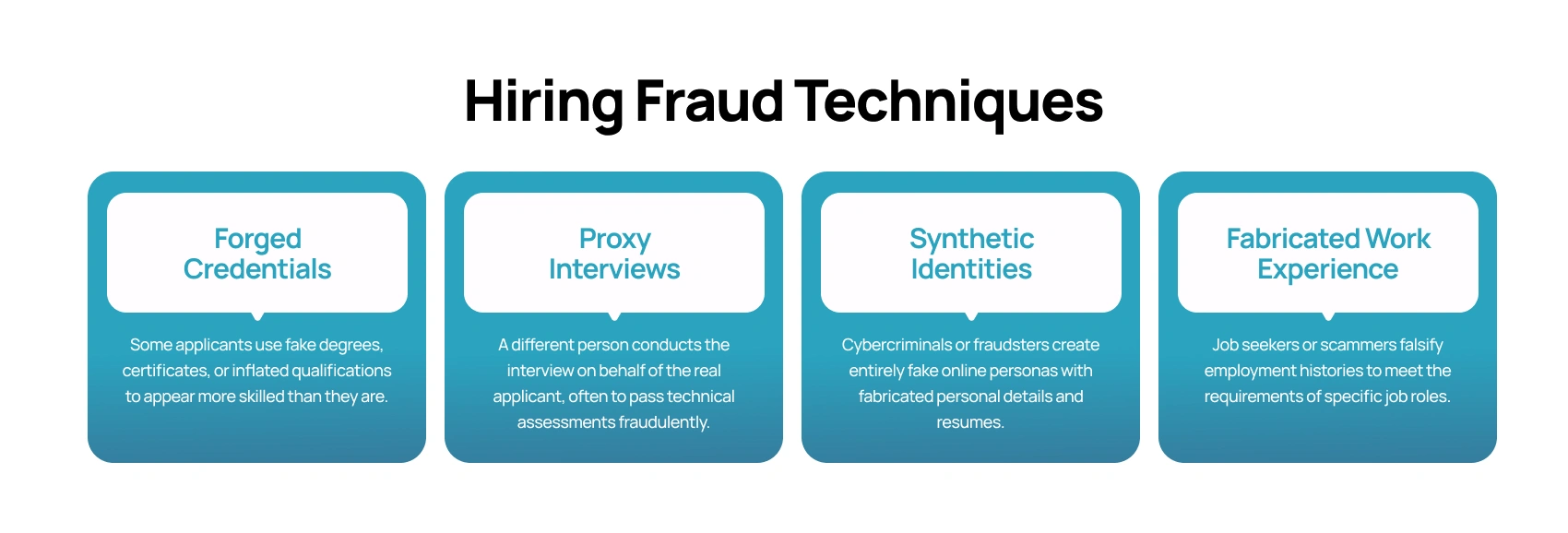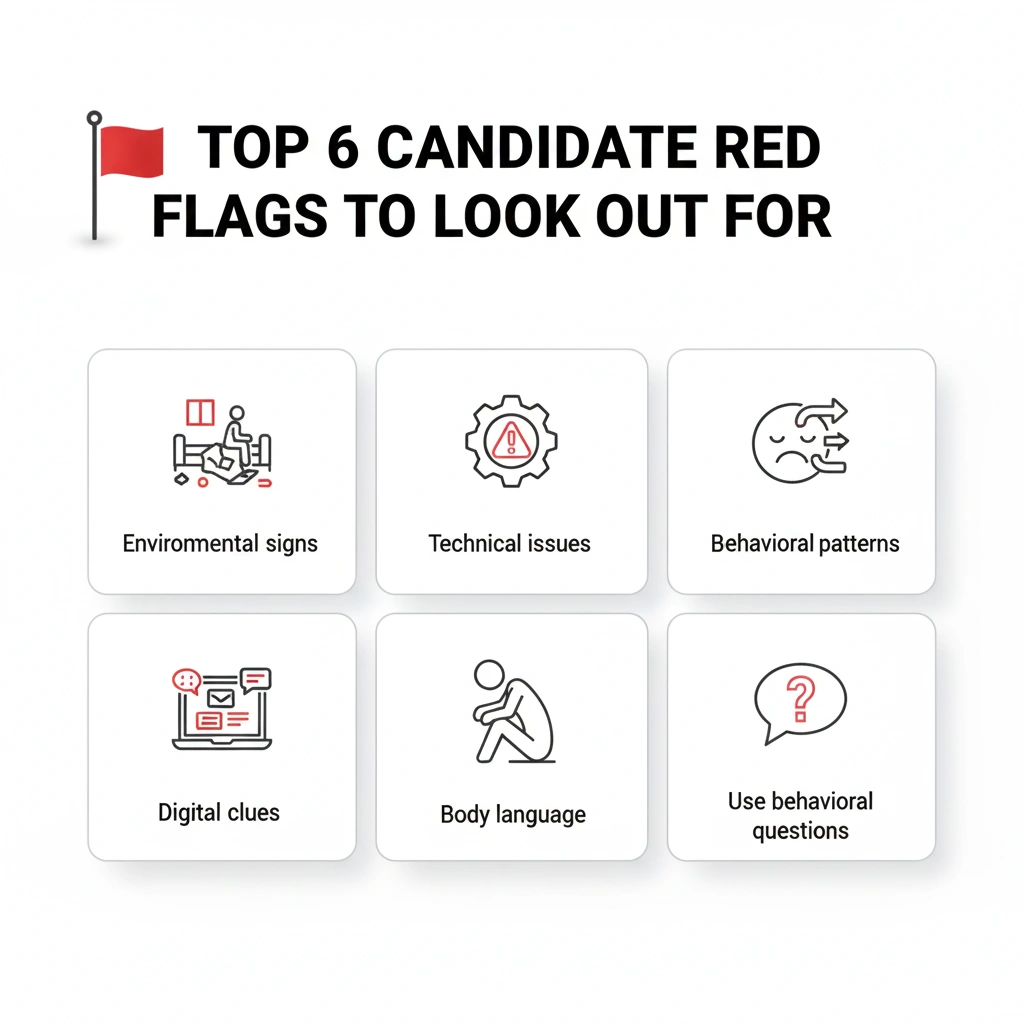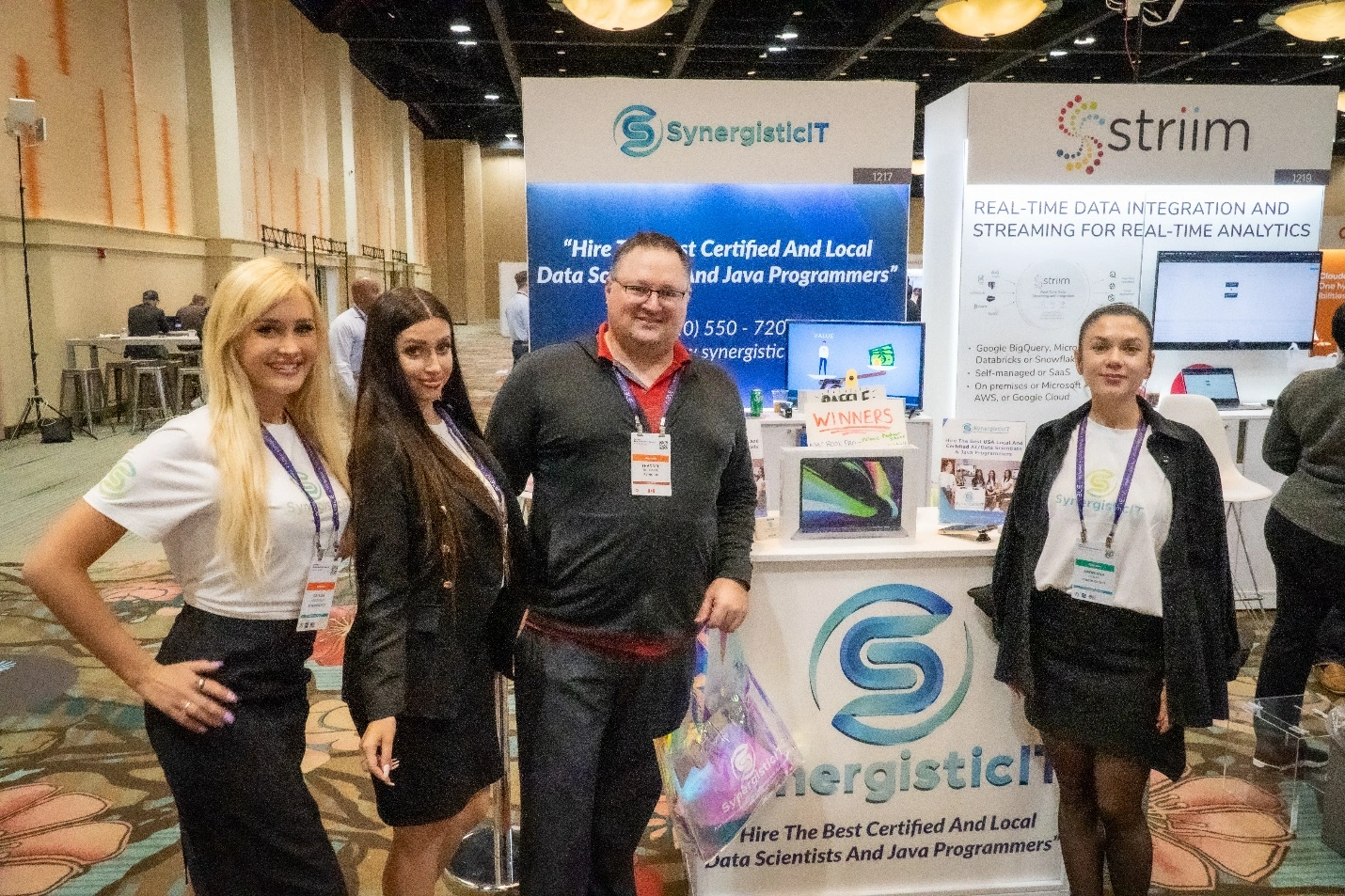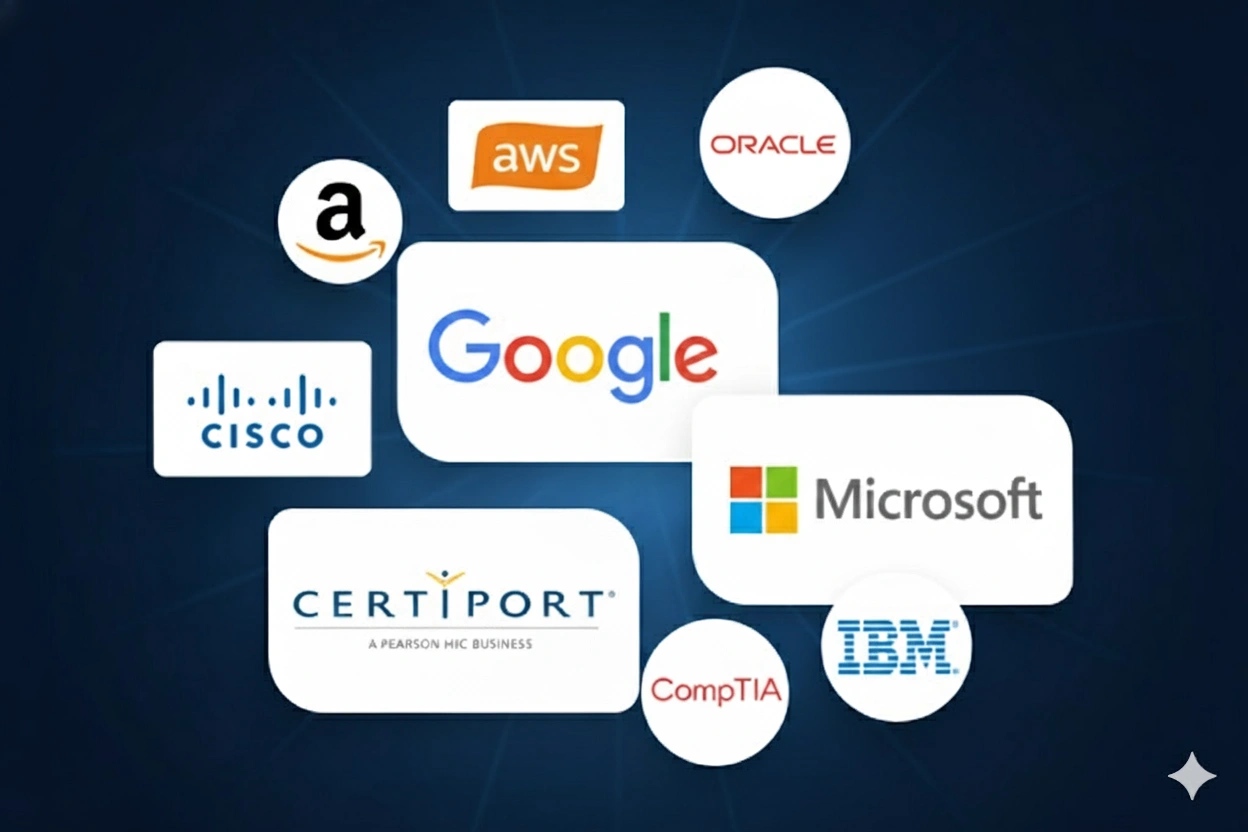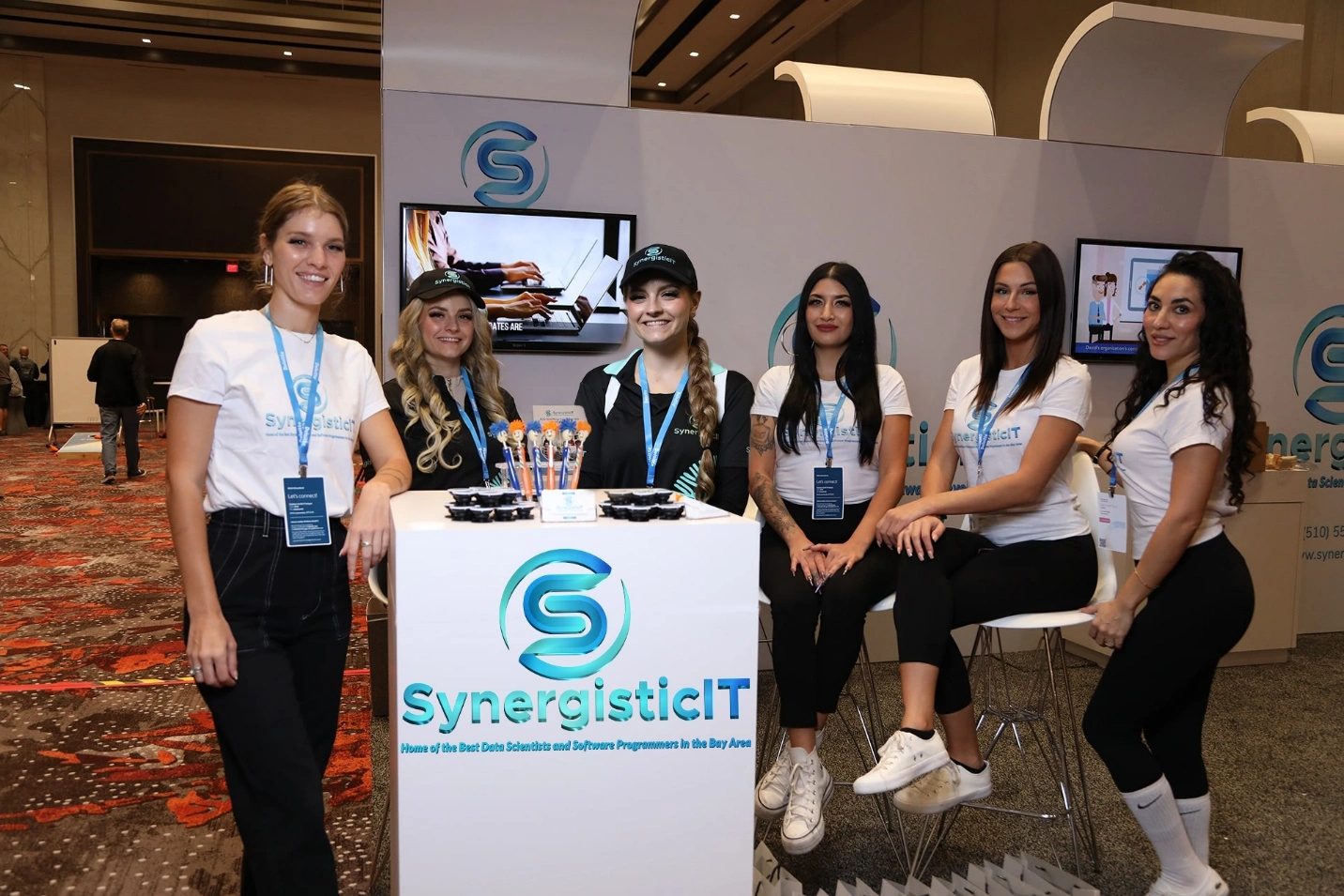
Introduction
The technology industry faces a paradox in 2025: while innovation continues at a breakneck pace and the demand for top-tier talent is surging, tech companies are encountering unprecedented obstacles in hiring genuinely skilled employees. A complex wave of hiring fraud—including fake resumes, AI-assisted cheating on technical assessments, and the emergence of sophisticated proxy interview scams—threatens the fundamental reliability of traditional recruitment channels.
Increasingly, companies report candidate misrepresentation, credential inflation, and the use of deepfake technologies during remote interviews, directly impacting their bottom line through lost productivity, costly turnover, and reputational harm. In this context, organizations are urgently seeking dependable sources of vetted, technically certified talent to minimize risk and maximize return on investment.
The Alarming Growth of Fraud in Tech Hiring
Escalating Incidents of Fake Resumes and Credentials
In 2025, tech hiring is increasingly undermined by candidates submitting fabricated resumes and fraudulent credentials. A recent report from Forbes Tech Council describes a “new hiring crisis,” with recruiters estimating that up to 37% of resumes received for software roles contain deliberate misrepresentations or outright fabrications. This includes fake employment stints at non-existent startups and exaggerated claims about project leadership or core skills, often enhanced by generative AI tools capable of crafting strikingly credible experience narratives.
A HireRight 2025 Global Benchmark Report underscores this trend, finding that 56% of employers flagged significant discrepancies in candidate backgrounds during verification, with 21% reporting outright identity fraud cases—double the rate from just two years prior. According to Experian’s Identity and Fraud Report, background check providers note a “dramatic” increase in applicants presenting altered degrees, fictitious certifications, and counterfeit online professional profiles.
Quotation from a top recruiter at a Silicon Valley firm encapsulates the mood: “Resume fraud is not just a third-world phenomenon. With the advent of new tools, even local applicants are gaming the system, making it almost impossible for overburdened HR departments to catch every lie”.
The proliferation of these deceptive practices imposes direct and cascading costs: companies invest significant resources into onboarding candidates who ultimately lack the competencies promised on paper, often realizing the error only after critical projects have suffered delays or operational disruptions.
The Rise of AI-Assisted Cheating in Technical Assessments
While online coding and skill assessments are a standard screening tool in tech recruitment, they have become vulnerable to a new arsenal of AI-powered cheating mechanisms. Industry watchdogs and blogs such as PeopleBox, HackerEarth, and ithy.com detail a surge in candidates deploying tools like ChatGPT, Copilot, and dedicated code-generation bots to complete assessments in real time, sometimes even using browser extensions that feed assessment questions directly to AI without detection. These technologies can instantly solve coding prompts, debug code, and suggest optimal algorithms, giving unqualified candidates the appearance of proficiency.
A 2025 research analysis by BarRaiser estimates that 28% of tech assessment test-takers use AI assistance or external help to gain an unfair advantage, with detection rates remaining alarmingly low—especially for remote, unsupervised tests. As these methods become more widespread, tech employers are left with assessment results that may not correspond at all to actual skill, leading to hires who cannot perform when faced with on-the-job scenarios.
Industry videos and interviews, such as those found on SynergisticIT’s YouTube channel, provide real-world testimonies from engineering leads who recount discovering, too late, that star candidates could not replicate even basic coding tasks when AI crutches were removed from the equation.
Proxy Interviews and Deepfake Lip-Syncing: The Next Level of Fraud
Perhaps the most sophisticated—and alarming—trend in tech hiring fraud is the proliferation of proxy interviews. Here, a genuine-looking applicant brings in a highly skilled stand-in (sometimes miles away or even in a different country), who answers all technical questions during the live interview session. Increasingly, fraudsters leverage deepfake video technologies to synchronize lip movements, allowing seamless, real-time voice swaps and facial overlays that dupe even experienced interviewers.
BarRaiser and OnwardPath, in their exhaustive guides on detecting proxy candidates, warn recruiters to look out for subtle lip-sync mismatches, unnatural delays in video or audio response, or “glitches” in facial expressions during interviews. Github repositories such as LipFD and open-source anti-deepfake tools highlight the technical advancements that make these ruses dangerously hard to spot without specialized countermeasures.
Notably, a study by StudyFinds.org revealed that one in five recruiters has encountered a deepfake or proxy interview, with 38% acknowledging at least one hire in the past year that turned out to be a proxy scam. Such hires frequently result in immediate underperformance or on-the-job incompetence, triggering project delays, soaring turnover costs, and reputational damage—a “triple whammy” for hiring organizations.
Prevalence and Detection Rates of Modern Tech Hiring Fraud (2023–2025)
| Fraud Type | % of Cases Detected in Hiring | % of Companies Impacted | Notable Statistic | Reference |
| Fake Resumes/Credentials | 37% of resumes (est.) | 56% | 21% identity fraud rate (2025) | Forbes, HireRight, Experian |
| AI-Assisted Cheating | 28% using AI in assessments | 44% | Detection success < 30% in remote assessments | BarRaiser, PeopleBox, ithy.com |
| Proxy/Deepfake Interviews | Detected in 8–14% of cases | 38% | 1 in 5 recruiters encountered deepfake interviews | StudyFinds, BarRaiser, Github |
The data demonstrates that all three forms of fraud have become both alarming in frequency and increasingly elusive to catch. Even the best-resourced organizations lack the bandwidth and technical know-how to counteract every permutation, and the resulting cost to productivity, morale, and profitability is well-documented, as explored next.
The Economic and Operational Impact of Poor Hiring in Tech
Quantifying the Real Cost of a Bad Hire
Studies from Forbes, Ellow.io, and GrantWagnerTalent.com converge on a jarring reality: a single misguided hire can cost a tech company from $65,000 to $350,000 or more, depending on the seniority and strategic impact of the role. The figure encompasses direct costs—recruiter hours, training, salary, severance, and replacement workflows—as well as indirect damages: delayed product launches, lost customer trust, and diminished team morale.
According to a Forbes Human Resources Council analysis, 40% of technology firms reported project delays or outright failures in the past 12 months due to unqualified hires slipping through. A widely cited Gallup study estimates that U.S. businesses collectively lose about $1 trillion annually due to voluntary turnover, with bad hires playing a significant role, especially in high-turnover verticals such as software development and data engineering.
A Moody’s Analytics insight report further notes that repeated exposure to hiring fraud and low-quality staffing “results in a cycle of negative feedback,” whereby frustrated teams disengage, top performers seek better environments, and innovation pipelines slow or collapse.
The Hidden Ripple Effects
The technology ecosystem is uniquely sensitive to poor hiring due to the cumulative, team-based nature of most deliverables. When a “bad actor” or underperforming developer is present, the consequences cascade:
- Reduced Team Productivity: High-performing team members are forced to compensate for weak contributors, lowering overall output.
- Increased Management Burden: Time and energy siphoned into remediation distracts leaders from innovation and growth.
- Reputational Detriment: Key clients and partners lose trust in the company’s ability to deliver, which may impact future deal flow.
- Burnout and Attrition: Frustration and stress rise, fueling higher attrition rates among valued employees.
Documented Effects of Poor Hiring on Tech Company Performance
| Impact Area | Description | Measured Cost/Stat | Source |
| Direct Financial Loss | Recruitment, salary, training, severance, rehiring | $65,000–$350,000+ per bad tech hire | GrantWagnerTalent, Forbes |
| Productivity Loss | Team delays, project failures | 40% reported project delays due to bad hires | Forbes HR Council |
| Turnover & Attrition | Ripple effect on skilled employee retention | 3–5x higher attrition risk in affected teams | Gallup, Ellow.io |
| Reputational Damage | Lost clients, negative Glassdoor reviews | 22% drop in net promoter score post-bad hire | Moody’s Analytics |
| Innovation Slowdown | Fewer launches, slower iteration | 30% longer time-to-market in teams with hiring errors | BarRaiser, NPAWorldwide |
Each line of this table represents a real-world cost incurred due to gaps in hiring quality control. Leadership teams seeking to future-proof their engineering organizations have incentive to minimize, if not eliminate, the risk of such outcomes.
The Strategic Value of High-Quality Hires: ROI, Profitability, and Innovation
Definitions and Metrics: What Constitutes “Quality of Hire”?
Organizations are increasingly prioritizing quality over quantity in their recruitment strategy. According to Research from Recruitics, top-performing tech talent delivers outsized business value: the best engineers can be up to 8–10 times more productive than average colleagues, especially in roles tied to software architecture, cloud, and data engineering.
“Quality of hire” is more than a buzzword—Sourcebae.com defines it as measurable competency, workplace fit, engagement, and rapid on-the-job impact. Companies that nail this achieve measurable advantages: higher project velocity, improved customer satisfaction scores, and reduced product defect rates.
ROI on Elite Tech Recruitment
The return on investment (ROI) from hiring exceptional technical talent is stark. Sourcebae’s 2025 analysis found that companies with rigorous hiring disciplines enjoy a 21% higher gross profit margin than those relying on generic job boards or high-turnover staffing agencies. Further, a Fortune 50 case study highlighted by HiringBranch details how process upgrades—such as standardized skill assessments, deep technical interviews, and long-term candidate outcome tracking—can reduce the incidence of bad hires by 400% and drive multi-million dollar savings annually. These benefits accrue not just in headcount reduction but by amplifying the productivity of existing teams and preserving the company’s capacity for innovation.
A quotation from a leading CHRO emphasizes the stakes: “The gap between an average developer and a 10x engineer isn’t just technical—it’s financial. Every proactive measure you take to ensure a genuine, high-caliber hire will pay itself back a hundred-fold over the course of even one product lifecycle.”
SynergisticIT: The Premier Source for Vetted, Day-One-Ready Tech Talent
Company Overview
Founded in Fremont, California, SynergisticIT has redefined how tech companies source, screen, and hire talent in domains such as Azure, Java, AWS, DevOps, Power BI, Tableau, and Data Engineering. Unlike conventional staffing firms and job boards, SynergisticIT’s model focuses on quality, certification, and outcome-driven placements. Its reputation is not the result of slick marketing, but of consistent delivery: its alumni power technology at Visa, AutoZone, Citibank, Wells Fargo, State Farm, Walmart, McDonald’s, Honeywell, Apple, Intel, eBay, PayPal, Google, Ally, Carfax, Verizon, and many other industry leaders.
The USA Today feature, linked below, explores SynergisticIT’s unique ethos and methodology in depth:
How SynergisticIT is changing how tech companies source talent (USA Today)
SynergisticIT’s Multi-Layered Screening and Certification Process
SynergisticIT does not simply “approve” candidates based on superficial metrics. Every professional must demonstrate mastery in the latest technologies (Azure, Java, AWS, DevOps, Power BI, Tableau, Data Engineering) and pass certified skills evaluations designed by industry leaders. Their screening includes:
- Live coding and problem-solving tasks under proctored conditions: These help eliminate AI-assisted and proxy fraud by verifying spontaneous thought process and practical ability.
- Behavioral and technical interviews with real-world use cases: Interviewers probe both depth and breadth—ensuring candidates can translate skill into results.
- Up-to-date certifications: Candidates must maintain credentials aligned to current market needs (including Azure certifications, AWS Professional, Java OCP, DevOps methodology accreditations, Power BI, and Tableau).
- Background and professional reference checks: This verification step filters out applicants with questionable or unverifiable backgrounds.
- Soft-skills and workplace-readiness assessments: SynergisticIT prioritizes the ability to collaborate, communicate, and operate effectively in U.S.-centric, remote/hybrid teams.
Notably, SynergisticIT runs its own proprietary “Job Placement Program” that continually tests and tracks alumni job performance, creating a feedback loop for ongoing improvement.
Video testimonials from hiring managers and placed candidates provide further insight, viewable at SynergisticIT’s YouTube Channel.
Technology Specializations: Keeping in Step with Market Demand
SynergisticIT structures its curriculum and screening around the most demanded platforms, languages, and tools of 2025. This ensures its talent pool is always aligned to where business needs are emerging most acutely:
- Azure Cloud: Placement-ready professionals proficient in building, deploying, and optimizing cloud-based applications within Microsoft Azure, including familiarity with pipelines (CI/CD), containerization, and modern security features.
- Java Development: Full-stack Java developers, certified to OCP standards, and skilled in enterprise application development, microservices, and performance optimization.
- AWS/DevOps: Engineers qualified in architecting, automating, and securing cloud infrastructures on AWS, with deep expertise in Terraform, Jenkins, Docker, and Kubernetes.
- Business Intelligence/Analytics: Data engineering experts and BI analysts proficient in Power BI, Tableau, Python, and modern data pipelines, providing actionable business insights via robust data models.
This future-proofing approach ensures hiring companies do not waste cycles reskilling average candidates or onboarding lagging skill sets—new hires can contribute from day one.
SynergisticIT vs. Staffing Companies & Job Boards
| Sourcing Model | Screening Depth | Tech Certification | Fraud Prevention | Day-One Readiness | Employers (Sample) |
| SynergisticIT | Rigorous (live code, multi-step) | Yes (current, required) | Advanced (human+tech screen) | Immediate | Visa, Apple, Intel, Google, Walmart, PayPal, more |
| Generic Staffing Firms | Low–Moderate | Rare | Basic (resume only) | Variable (often low) | Mixed |
| Job Boards (e.g. Indeed) | Minimal (algorithmic) | None | None | No (self-claimed) | Mixed |
SynergisticIT’s differentiation is threefold: screening rigor, skill currency, and an unwavering focus on job readiness. The result: dramatically lower rates of hiring fraud and a track record of delivering genuine, high-quality tech talent.
Client Success Stories and Testimonials
SynergisticIT’s methodology yields measurable results for both established multinationals and innovative startups. Its placement stories reiterate both ROI and reliability:
- At Visa, teams onboarded four SynergisticIT data engineers, realizing a 20% reduction in backlog resolution times and a noted “plug-and-play” onboarding experience.
- Intel and Apple report drawing from SynergisticIT’s candidate pool for roles requiring complex cloud migration and data pipeline expertise, noting lower first-year attrition rates when compared to “big brand” staffing partners.
- Walmart and McDonald’s credit SynergisticIT’s DevOps engineers for accelerating their digital infrastructure upgrades, helping roll out new e-commerce integrations on time and under budget.
Testimonial highlight:
“SynergisticIT was the only source able to provide us with a certified AWS DevOps professional who delivered in the first week. Every promise was met—from skill currency to interview authenticity. It is a game changer.” – Senior Engineering Manager, Fortune 500 Financial Services Firm.
Additional ratings and reviews can be viewed at sites such as BootcampRating and on Glassdoor, where both job seekers and employers underscore the high performance bar and post-placement support.
Preventing Hiring Fraud: Best Practices and Tools for 2025
Given the evolving threat landscape, tech companies must go beyond outdated tools in their efforts to secure legitimate, high-value hires. The most successful organizations are leveraging multi-layered verification, collaborative hiring processes, and anti-fraud technology:
- Proctored and Live Behavioral Technical Assessments: Tools offered by platforms such as HackerEarth and BarRaiser now incorporate live camera monitoring, keystroke pattern analysis, and anti-plagiarism algorithms, making it harder for proxies or AI bots to intervene.
- Facial and Voice Authentication: Anti-deepfake solutions cross-check candidate faces, voices, and behavioral signals throughout the assessment pipeline, flagging discrepancies in real time.
- Credential and Reference Verification Powered by AI: Modern background platforms track source footprints, check for altered credentials, and analyze social presence anomalies—a practice now standard at SynergisticIT and recommended by Experian and HireRight.
- Long-Term Performance Tracking: Tech companies that track not only initial screening but also first 6–12 months of in-role performance are better equipped to refine their hiring model and eliminate bad actors over time.
- Continuous Anti-Cheat Upgrades: Recruiters and HR leaders consult with tech security vendors to ensure assessment platforms remain one step ahead of the latest AI-assisted cheating technologies.
- Candidate Experience Measurement: Ensuring a high-quality, skill-focused, and fair recruitment journey for genuine candidates helps attract high performers while discouraging “cheaters” who cannot withstand the rigors of authentic screening.
The synergy of human intelligence and AI/automation is essential for both flagging fraud and guaranteeing that skill truly meets need.
The Future of Tech Hiring: Trends for 2025 and Beyond
Skills-Based Hiring and Certification Supremacy
The 2025 hiring landscape is rapidly shifting from degree-centric credentials to skills and outcome-based evaluation. Employers increasingly prioritize current certifications (Azure, AWS, Java, etc.), real-world portfolio projects, and practical assessment over resumes alone. The rise of “just-in-time” upskilling, bootcamp partnerships, and continual certification aligns with research demonstrating that certified professionals ramp up 40% faster and stay 2.8x longer than their uncertified peers.
Remote-Ready and Hybrid-Model Talent
As more engineering teams operate remotely and across time zones, the ability to perform, collaborate, and innovate independently is becoming a premium skill. SynergisticIT’s model offers a high ROI compared to Traditional staffing —geared for U.S. corporate culture and hybrid readiness—meets this shift head-on, producing professionals who thrive in distributed yet high-expectation teams.
The Ongoing Battle Against AI-Enhanced Fraud
While hiring technology advances, so too do the tools available to would-be fraudsters. The next generation of anti-fraud tech will utilize behavioral biometrics, continuous authentication, and deep learning anomaly detection systems to catch new forms of cheating. The arms race will continue—a reality that makes a trusted, human-guided source like SynergisticIT even more vital.
Direct Links and Video Resources
Learn how SynergisticIT is helping to combat hiring fraud and set a new standard for tech talent:
- USA Today Article: “How SynergisticIT is changing how tech companies source talent”
- SynergisticIT Event Videos, Testimonials, and Hiring Insights: SynergisticIT YouTube Channel
These resources contain in-depth interviews with trainers, real hiring managers, and placed candidates, plus instructional content on the future of tech interviews, coding performance, and the latest trends in hiring fraud detection.
Conclusion
The stakes for tech hiring have never been higher. As fraudulent resumes, AI-aided cheating, and deepfake-powered proxy interviews sweep through traditional hiring channels, tech companies face mounting risk with each new onboarding decision. The costs—financial, operational, and reputational—are massive, and no organization is immune.
Yet, a clear path forward has emerged: partnering with rigorous, skill-focused talent sources like SynergisticIT, which combine cutting-edge certification, real-world vetting, and human intelligence to produce genuine, day-one-ready professionals. The results speak for themselves: major global companies, from Google to Walmart and beyond, rely on SynergisticIT not merely to fill open positions, but to protect their innovation pipelines, speed product development, and maximize profit potential with each strategic hire.
For CTOs, engineering leads, and HR strategists seeking to future-proof their tech workforce, investing in quality—through trusted, fraud-resistant sourcing models—is not just an option but a necessity. SynergisticIT stands at the forefront, offering a reliable, certified, and thoroughly screened talent pipeline in an era where authenticity and immediate impact are truly priceless.
For more details on SynergisticIT’s unique hiring approach, up-to-date candidate rosters, and further hiring fraud resources, visit Synergisticit Career Tips and articles for Jobseekers and Employers. To stay up to speed on the latest anti-fraud practices and to hear directly from successful placed candidates and hiring leaders, explore the SynergisticIT YouTube Channel and the featured USA Today article linked above. The future of tech hiring will belong to those who take verification, skill, and ROI as seriously as innovation itself. Thanks for waiting! Here’s the full blog post you requested, packed with insights, statistics, and compelling evidence to help tech companies rethink their hiring strategies. Let’s dive in.


